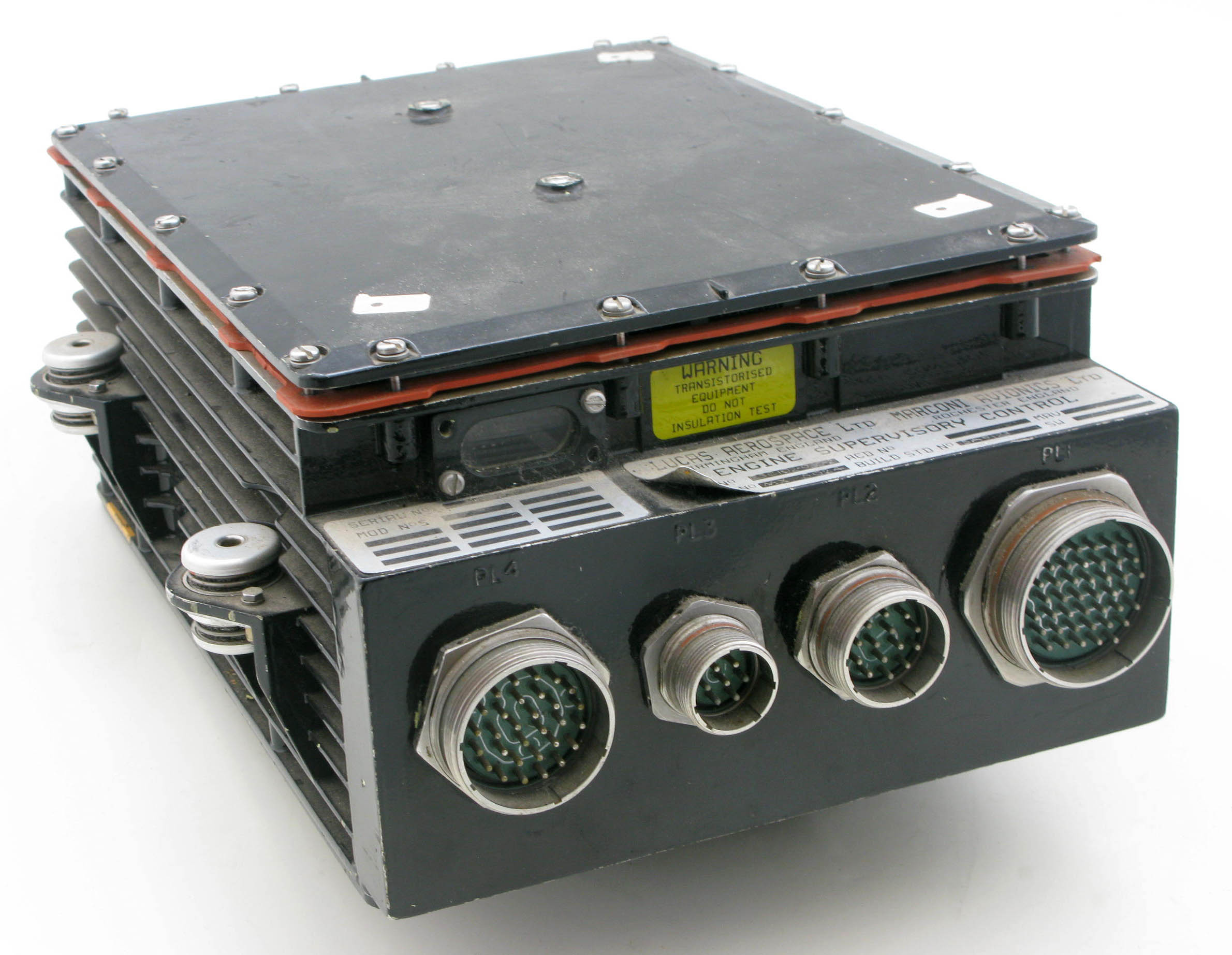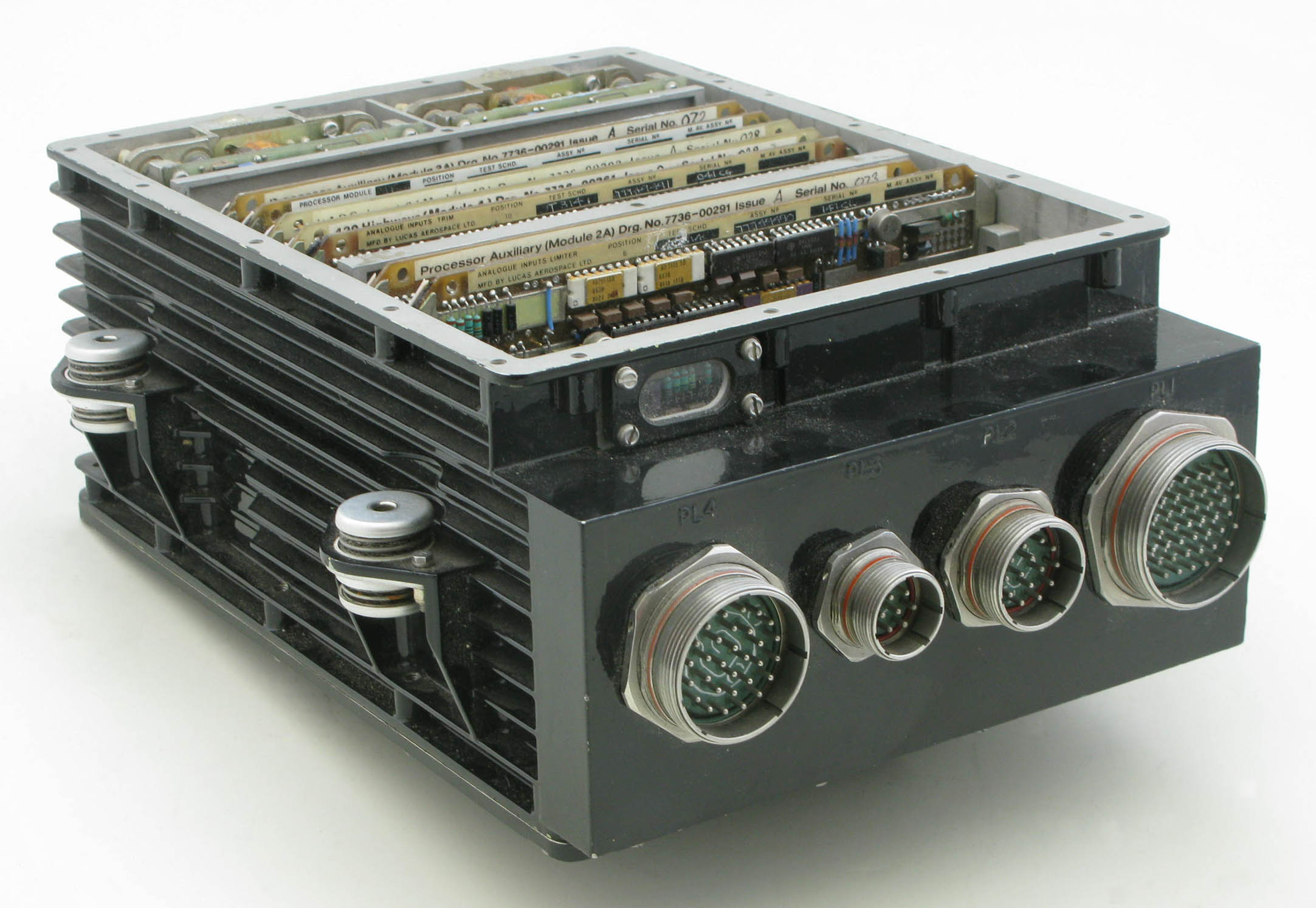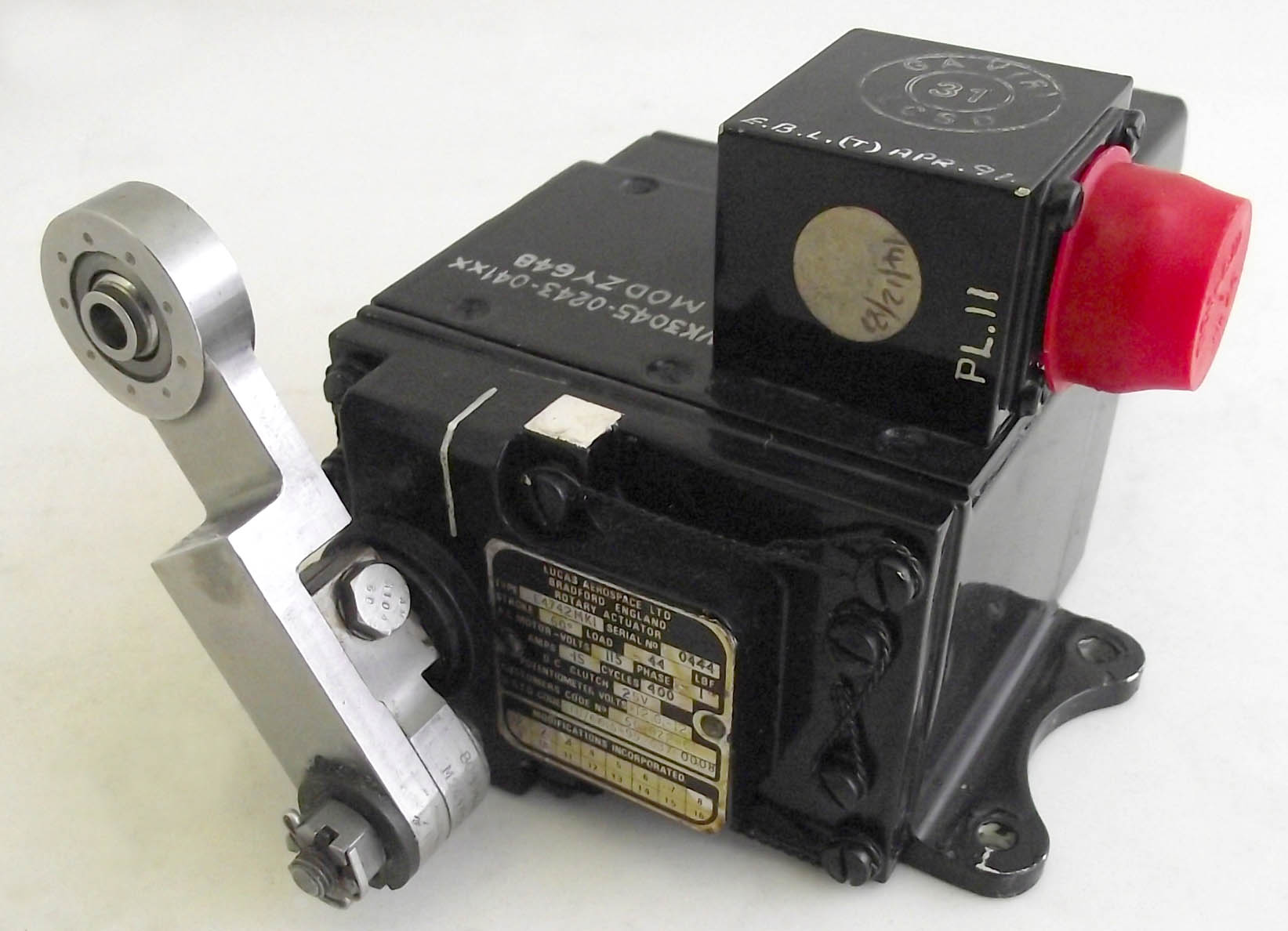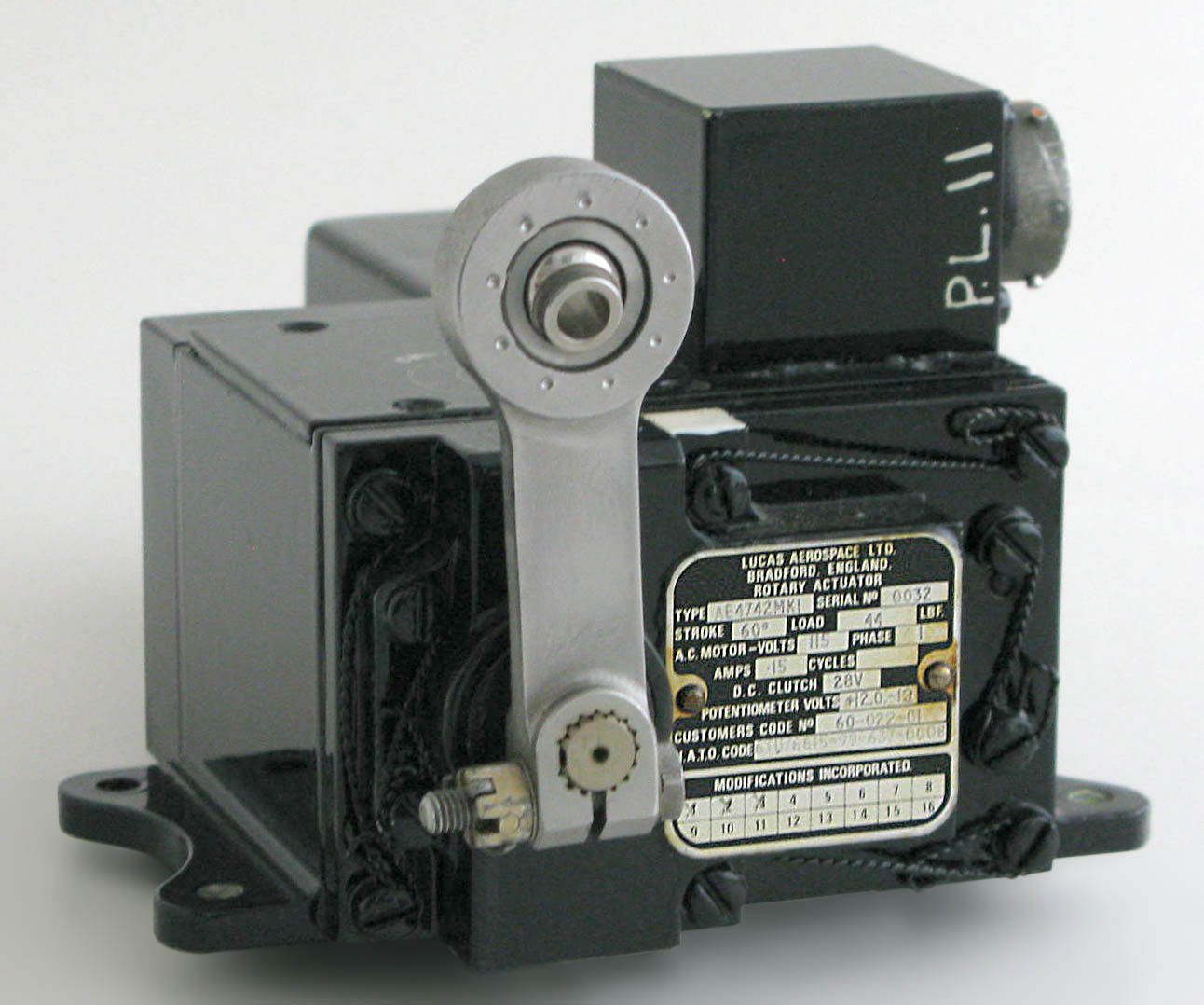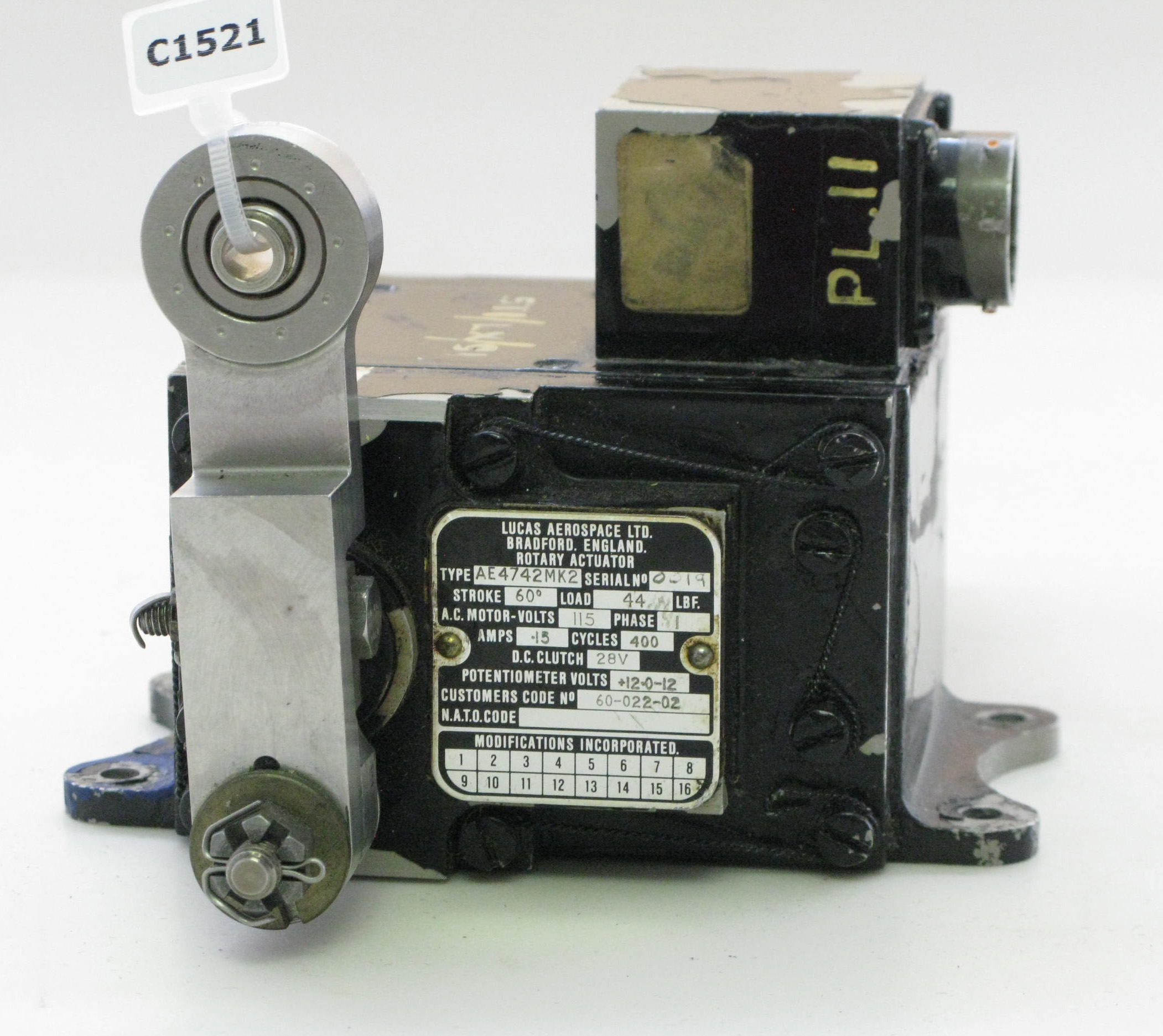The engine management division of Lucas Aerospace began work on digital engine controllers in 1969 and won a contract from Rolls-Royce to build a digital controller for Concorde's Olympus 593 engine. Lucas Aerospace's digital controller was successfully flown on one engine of Concorde (202) during November 1976. The digital controller was based on a miniature computer of the time and as a result was fairly bulky and suitable only for sophisticated engines.
In the mid-1970s the microprocessor became commercially available and in 1974 Lucas concentrated its efforts on this latest electronic advance. Since then the company has moved forward and run microprocessor based controllers on the Rolls-Royce Spey and Gnome as part of various demonstrator programmes. Rolls-Royce RB.211-535 supervisory engine control unit in partnership with Marconi Avionics.
Marconi Avionics began using digital techniques in aircraft systems in the late 1950s. About ten years later the company took part in digital engine control work with the National Gas Turbine Establishment at Pyestock. Even then the use of digital processors in aircraft systems, let alone on engines, was still not generally accepted and in 1965 the company began supplying energy management analogue computers for the Lockheed C-5A Galaxy.
In 1972 Marconi Avionics Powerplant Systems Division made a bid to Rolls-Royce involving a digital controller to be mounted on future helicopter engines.
During 1976 Marconi Avionics won a contract to build an alternative main engine control unit, using proven avionics techniques, for the Tornado's RB.199s. Analogue electronics was specified in the contract from Turbo-Union through Rolls-Royce. Ground-based trials were successful but the design was not ordered into production. In late 1976 Marconi Avionics entered into collaborative bids with Lucas Aerospace. This arrangement bore fruit in 1978, when the team won the contract for a supervisory digital engine controller for use by Rolls-Royce on the RB.211 engine. By agreement between the companies Lucas is leading this project. The RB.211-535 was the launch engine on Boeing's 757 and was the first British digital controller committed to production.
See Flight International 17th November 1979


